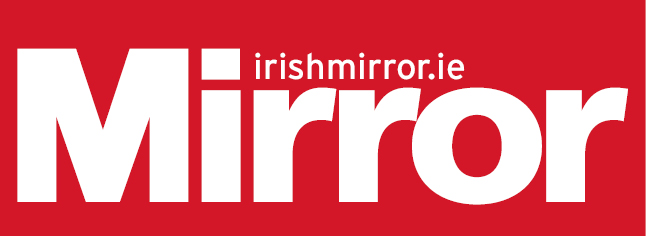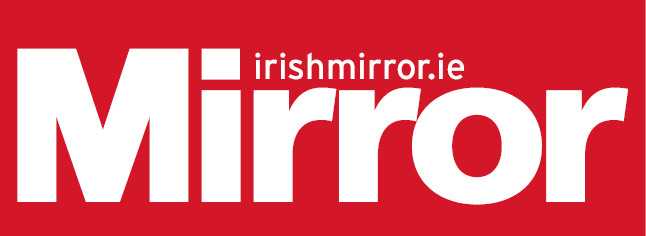Election Posters a public nuisance or a political necessity

The imminent upcoming General Election, to vote in a new Government for the State, will yet again feature all of the usual factors which both intrigue and annoy in equal measure. Door to door canvassing, party manifestos, unrealistic party promises, policy U-turns, political pledges, media campaigns and of course – election posters.
The latter is a major facet of political elections, omnipresent and visually unavoidable due to their visceral nature, regardless of one’s interest in an election.
The election poster can be a divisive object that there is no escape from, no matter where one lives in the country. Some view them as a tactical necessity, which adds both atmosphere and information in equal measure, while others view such items as a scourge on our landscape, ill-fitting to our modern society, which embraces technological advancement and environmentally friendly initiatives.
What does the law state?
Section 19 of the Litter Pollution Act 1997 as amended by The Electoral (Amendment) (No. 2) Act 2009 states that posters may only be erected for a maximum of 30 days before polling day, therefore given the short run up to this general election, the posters will be well within these specific time constraints.
However, the legislation also stipulates that all posters must be removed within 7 days of the polling day. So this does give scope for possible infringement.
The local authorities have responsibility for the enforcement of any breaches to the law. A common breach might involve either putting up the posters too early (something that will not be an issue in this election) or taking them down too late. Another common breach is positioning posters in such a way, as to cause a hazard to pedestrians or road users under the Road Traffic Act 1961.
An added measure in Section 19 of the 1997 Act prohibits the placement of flyers under the wiper blades of vehicles and again makes such conduct an offence.
Penalties
A €150 on the spot letter fine attaches to every such breach under the Section 19 of the 1997 Act. Therefore, dependent on how stringent the laws are applied in this regard, a substantial penalty could hypothetically arise for any aspiring or seasoned politician during this election, if they fall foul of these laws for a large quantity of offending posters or flyers.
Campaigning in a digital society
As alluded to above, many would argue that with such technological sophistications coupled with the power of social media, both could provide a more environmentally sustainable and cost effective way for election candidates to communicate directly with voters whilst also allowing more targeted messaging to the varying demographics, and subsequent interests, of their potential supporters.
Particularly, when one views the success of President Obama’s first and second presidential campaigns, which are viewed by many as the benchmark for such social media endeavours and use of modern campaigning techniques. The recent referendum on gay marriage also demonstrated the power of such social media tactics for electioneering purposes in an Irish context for the first time. With this in mind however, it must be noted that both election campaigns still relied on the traditional posters and campaign devotees on the ground.
However, most traditionalists would argue (where some social media purists would concede) that although social media and technology strategies are a vital election tool in today’s campaigns, they are still limited in its electoral reach. It should also be noted that any limit or ban on electoral posters, something which has been argued for in recent times, could do more to assist the established parties, while potentially inhibiting new parties, in creating the desired “recognition” of their new brand and candidates on a national scale.
The alleged psychological effects
There have been many worldwide studies done on the whole psychological reasoning and alleged effects of how political advertising can manipulate and succeed in electoral success. There is little dispute that a large section of Irish voters in this upcoming election, as in the past, will succumb to such primitive psychological tactics and make their choice in an irrational manner. Such unconscious choices are usually based on an image over substance approach, meaning such voters won’t fundamentally care for the intrinsic necessities of the candidate’s policies but rather if that candidate fits their perception of what constitutes an ideal political persona.
Therefore, the common theory behind election posters is the so called “recognition factor”. The theory goes that the more frequently the voter sees the faces of prospective candidates, the stronger it is expected such voters (particularly undecided) will recognise the candidate at polling day and have formed positive feelings towards them.
One may of course argue, that given our traditional party allegiances and love of parish pump politics in Ireland coupled with the plethora of candidates and parties in any given area, this recognition factor becomes diluted, for nearly all vying candidates will have election posters. This is true for some and of course, there are more tangible factors which ultimately influence voters, one been an overall integrated communication strategy.
While it’s also fair to assume that the Irish public are by far more politically astute and aware to the social and economic election agendas than some of our European or US counterparts, the primitive power of the election posters cannot be underestimated and thus justifies, the significant monies spent on their production by all parties, and in particular, the larger ones. Such established parties are keen to ensure that all of their communication experts get the key messages across and display carefully choreographed profile candidate photos that exude a look of desirable traits such as leadership, power, intelligence or friendliness, dependent on the candidate’s attributes, whether natural or contrived.
Are election posters relics of the past?
The election poster is deeply engrained into our political culture and psyche and are therefore likely to always remain a prominent feature of elections.
So whichever day this week, when most of the election posters are erected during the course of a single night, by all of the various parties and their devotees. The most prominent location or the highest point to attach them will be sought by every single party candidate, resembling a proverbial type totem pole, where positional dominance aims to feed into the voter’s unconscious minds.
So whatever, the conclusion of this year’s election, these posters will dominate our eye line over the coming weeks with the coverings of lampposts and telephone poles nationwide.
They will attract positive and negative debate plus much indifference, but will primarily achieve their inherent objective of persuading the electorate and particularly the undecided for their all-important vote on polling day.
J.O.S Solicitors is one of the only law firms in Ireland, providing dedicated Public Affairs and Lobbying services for commercial businesses, trade and professional bodies, community groups and charitable organisations.
If you would like J.O.S Solicitors to assist or advise on any Public Affairs or Lobbying issue, then please contact us.
Disclaimer
This publication is for guidance purposes only and does not constitute legal or professional public affairs advice. No liability is accepted by J.O.S Solicitors for any action taken or not taken in reliance on the information set out in this publication. Any and all information is subject to change and professional or legal advice should be obtained before taking or refraining from any action as a result of the contents of this publication.





